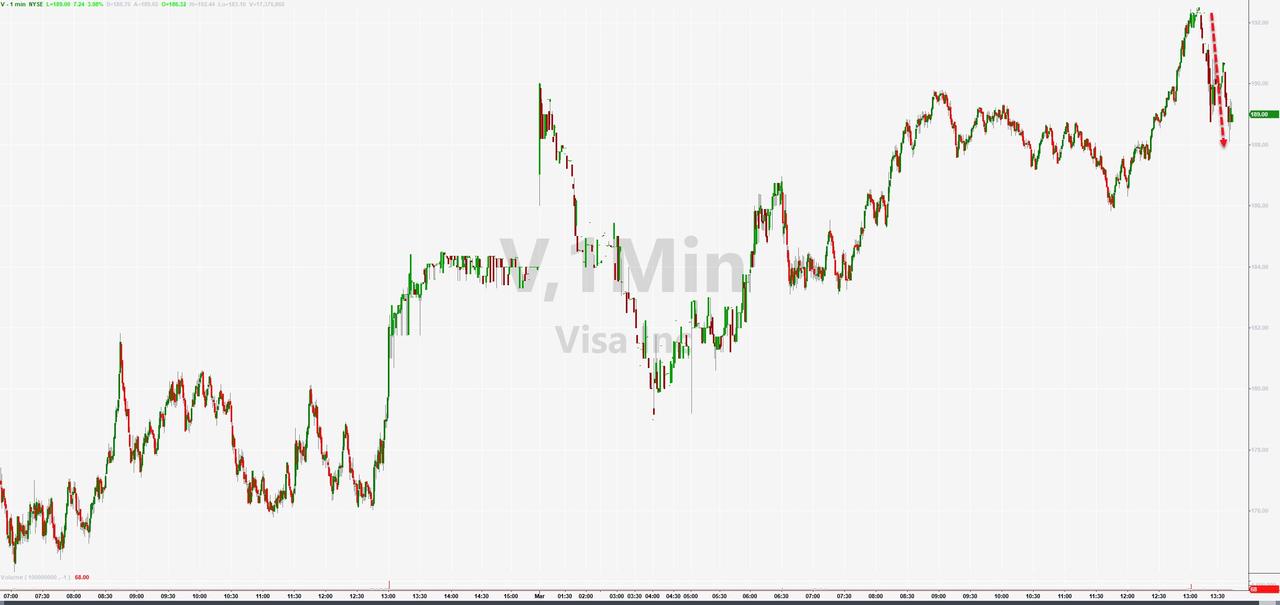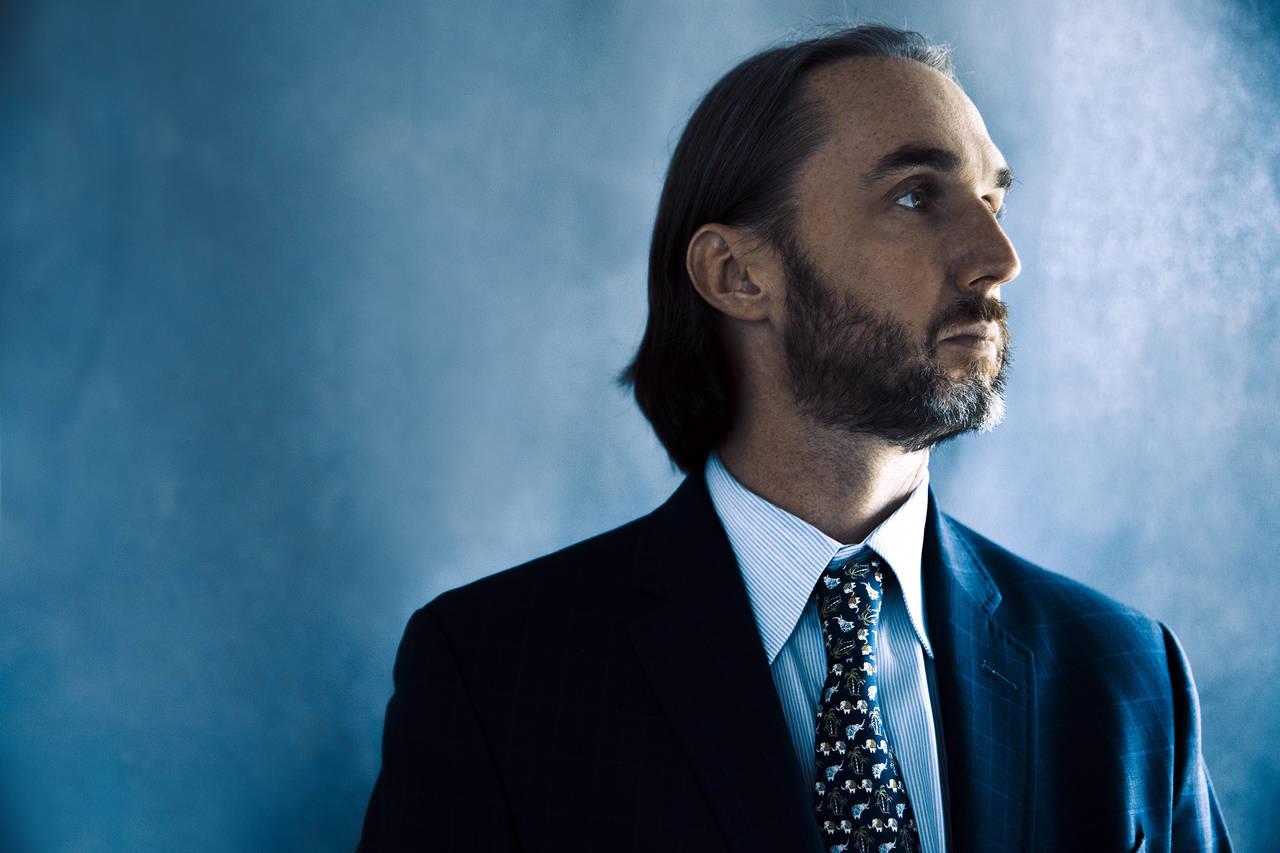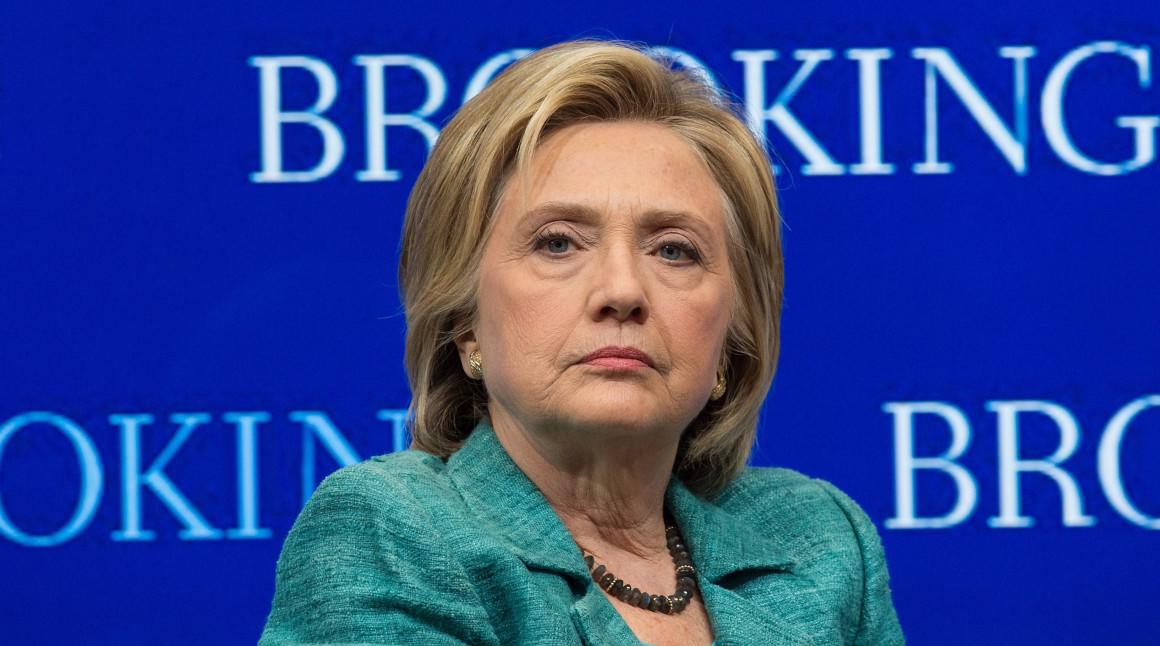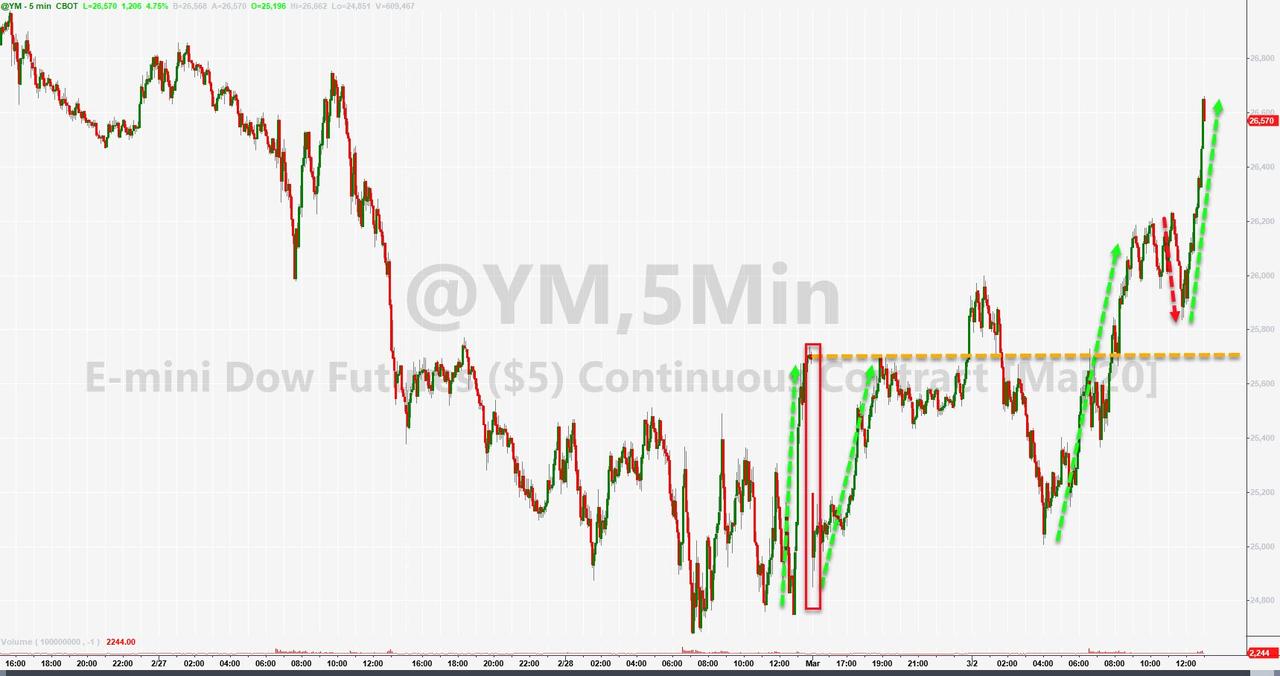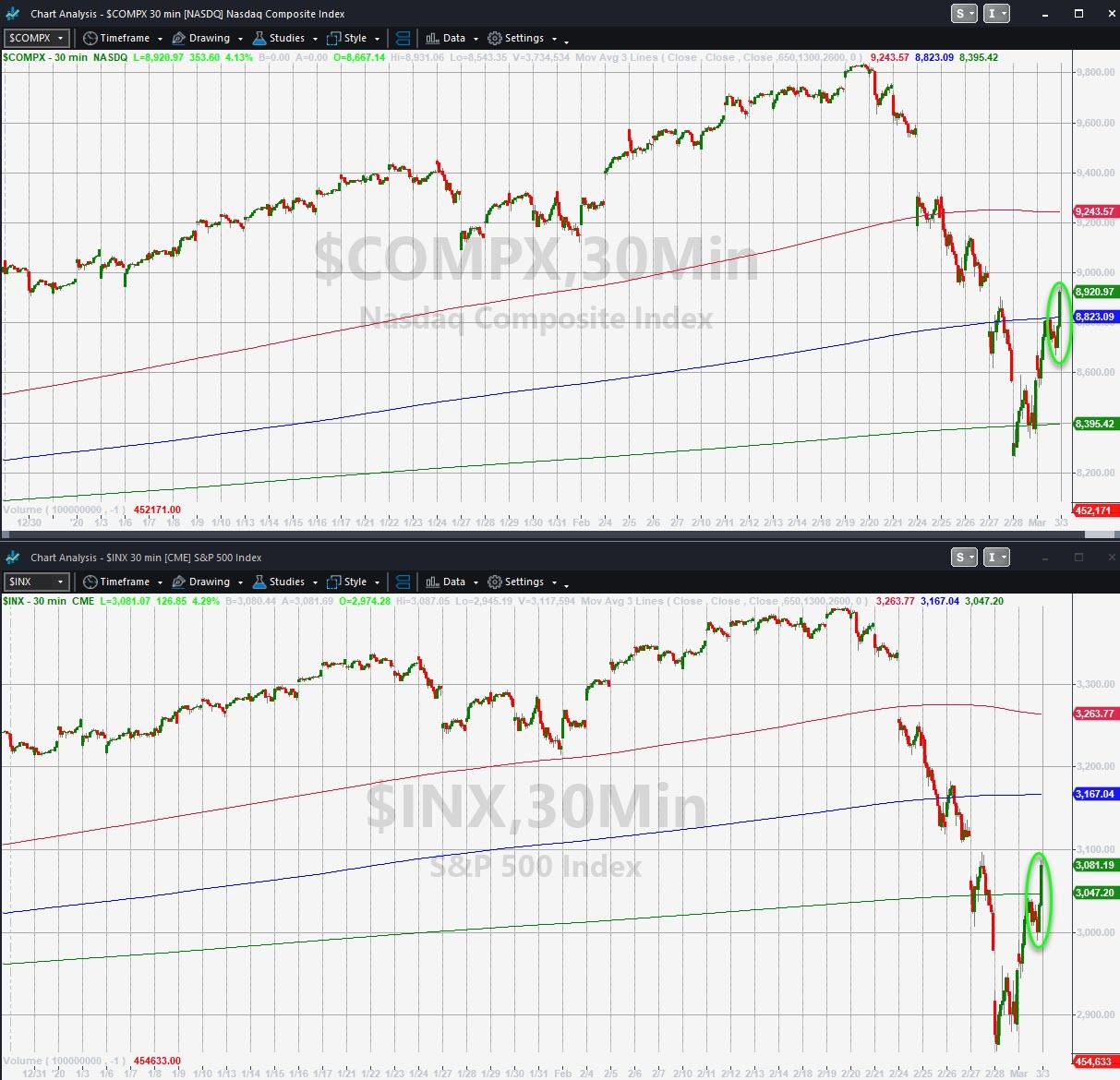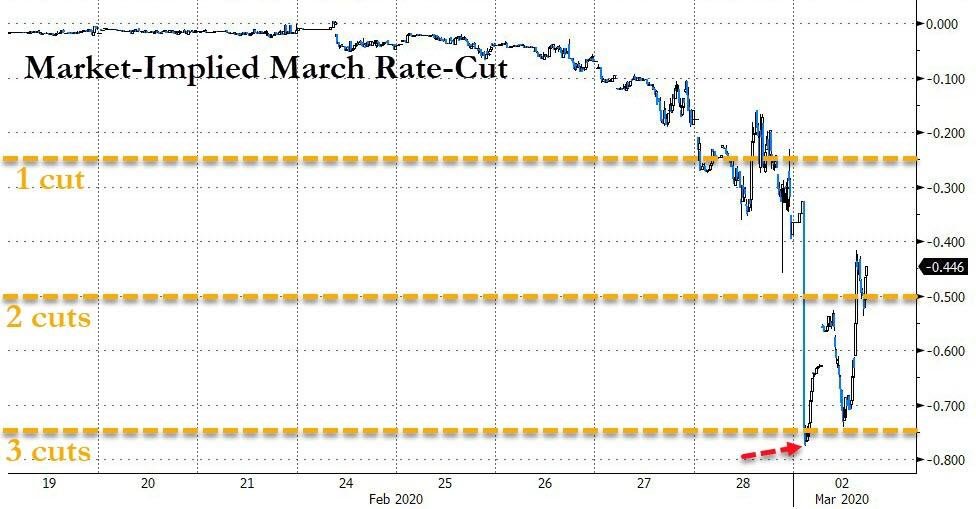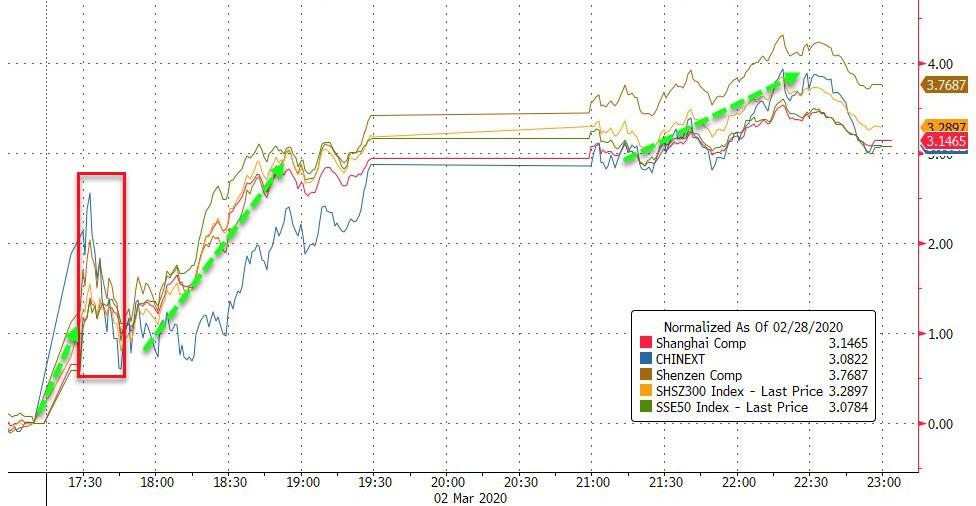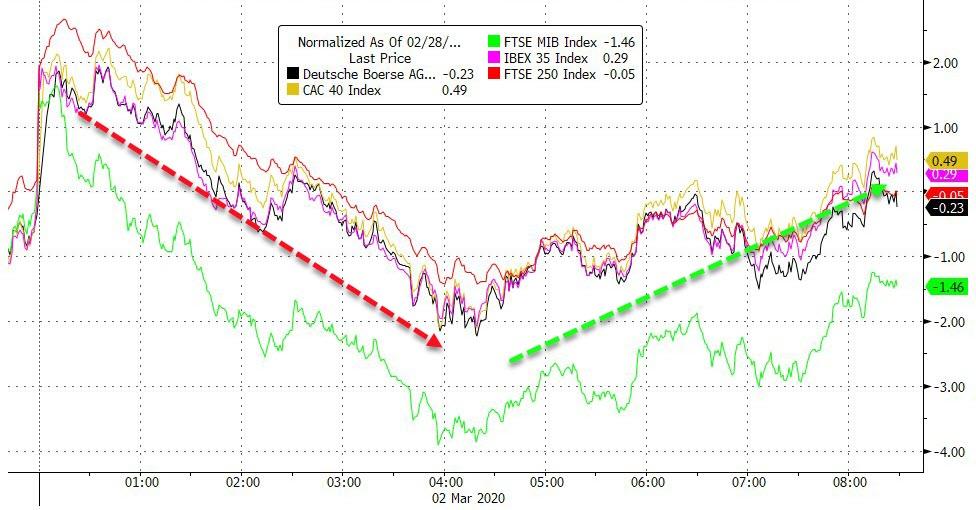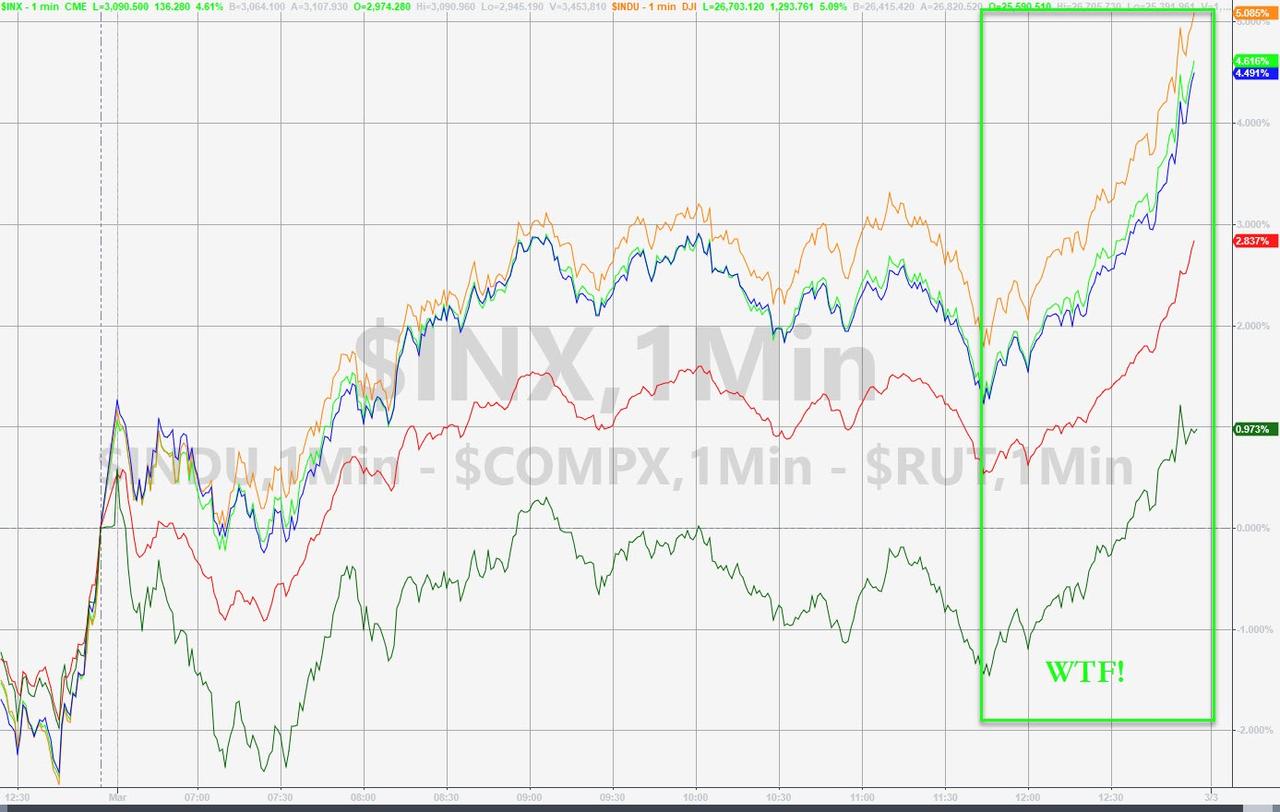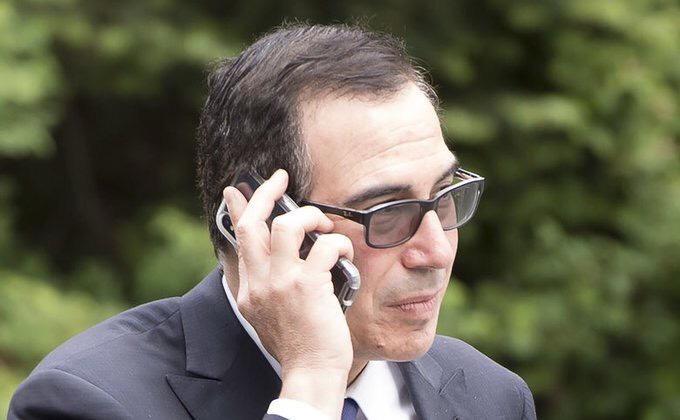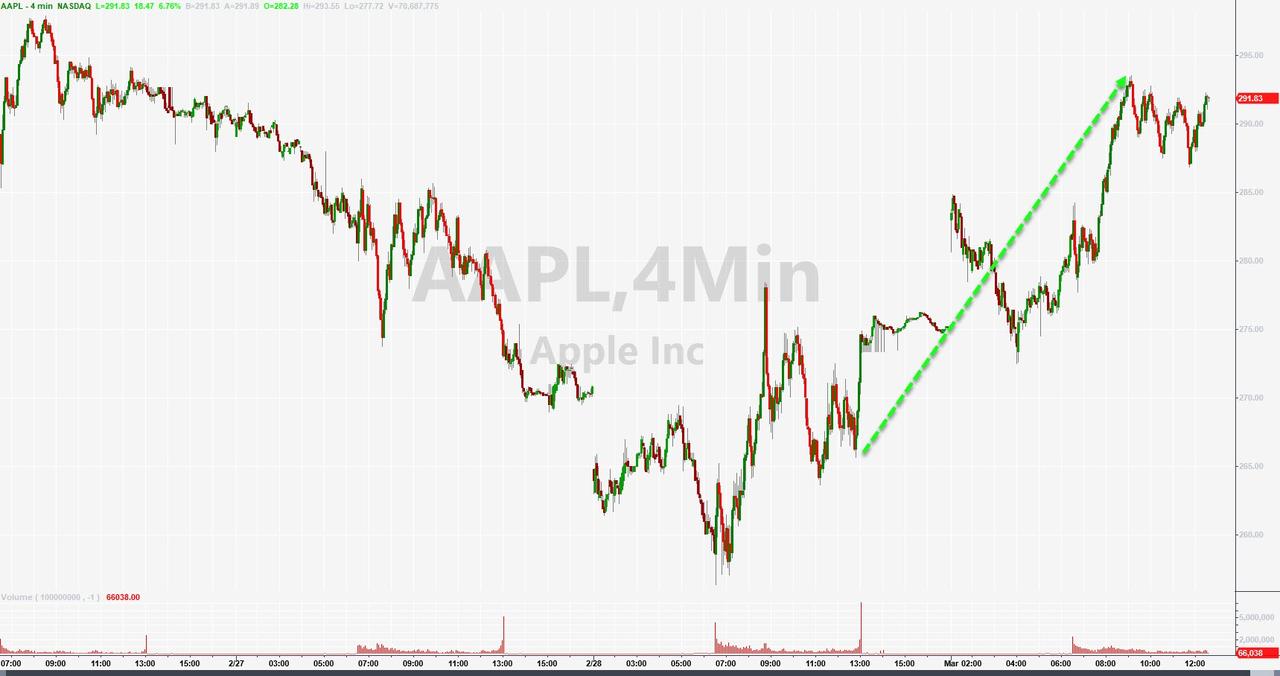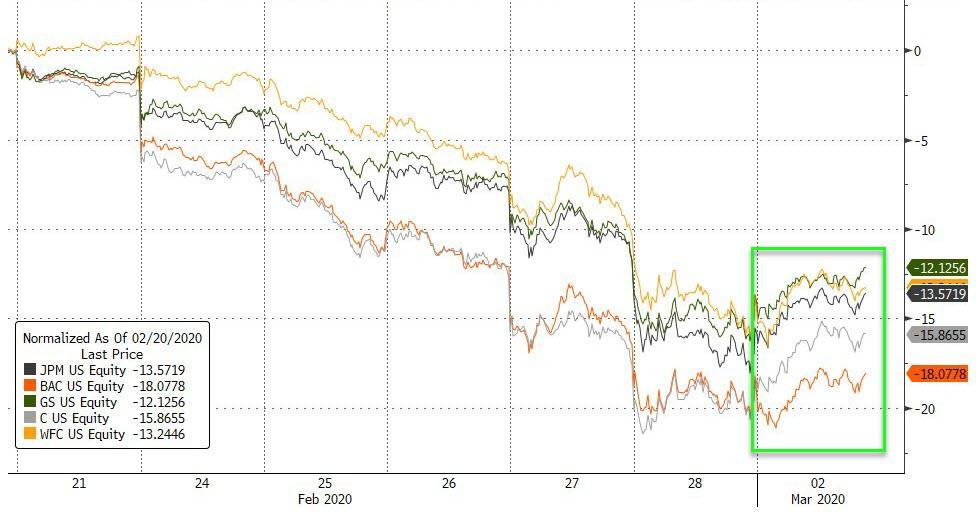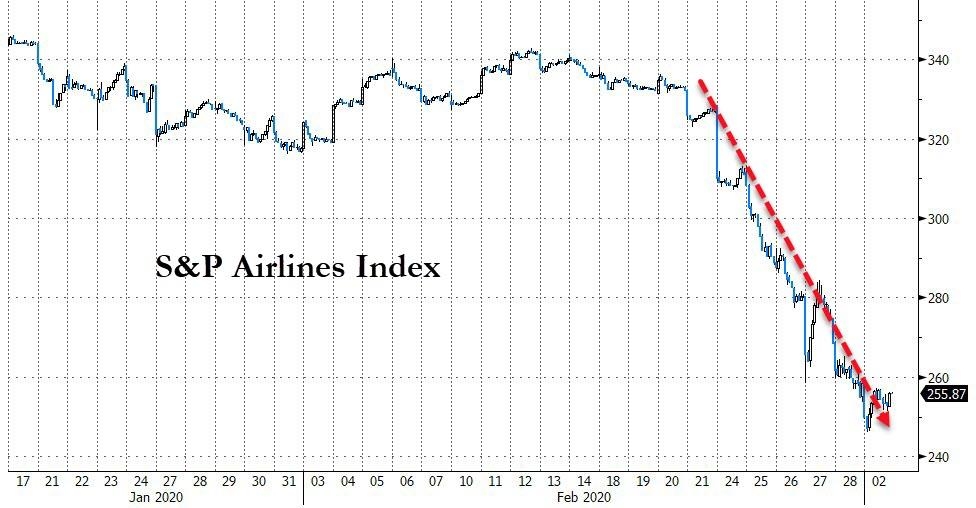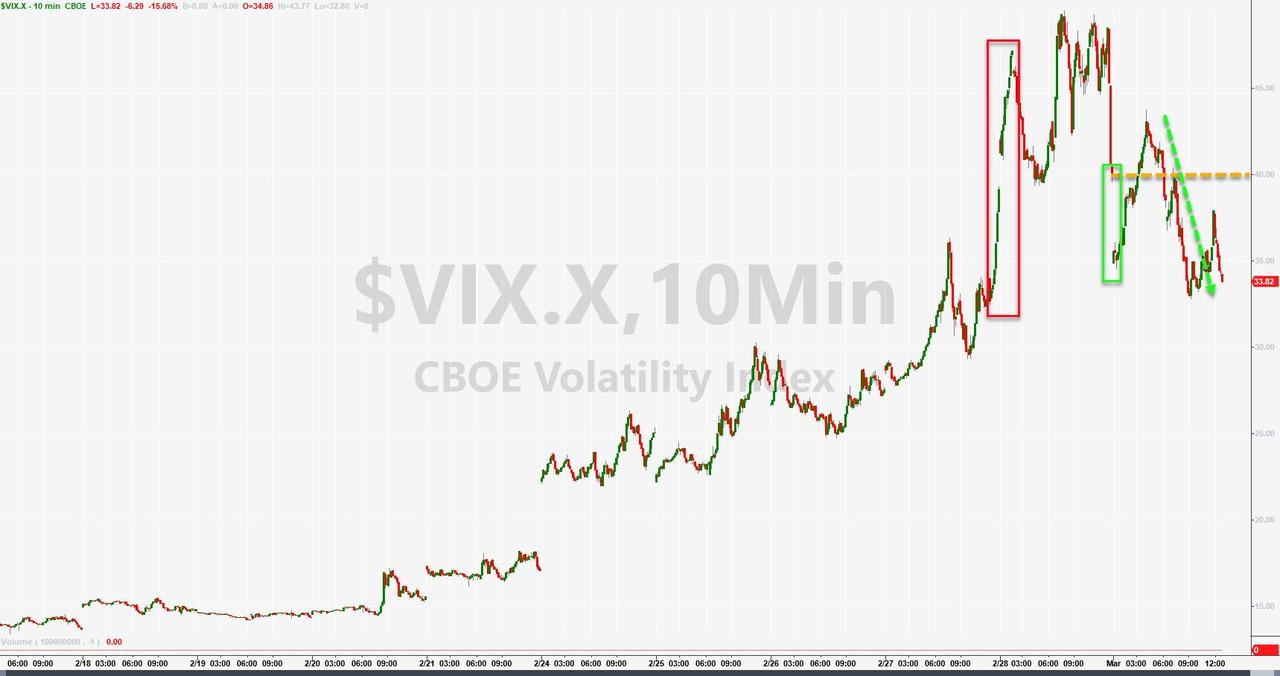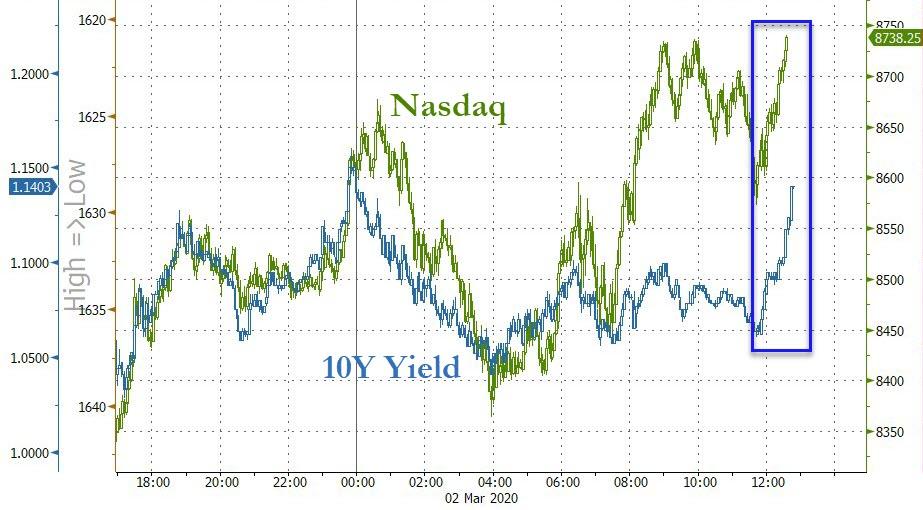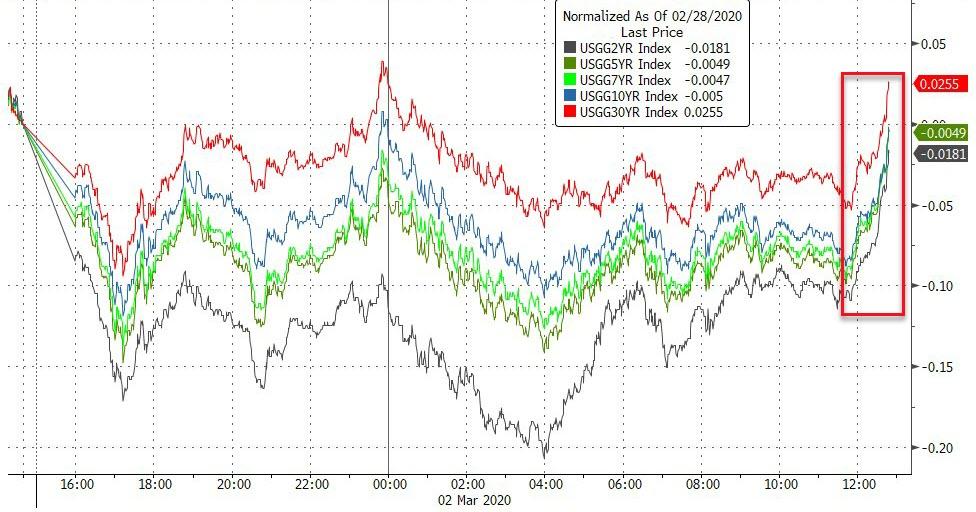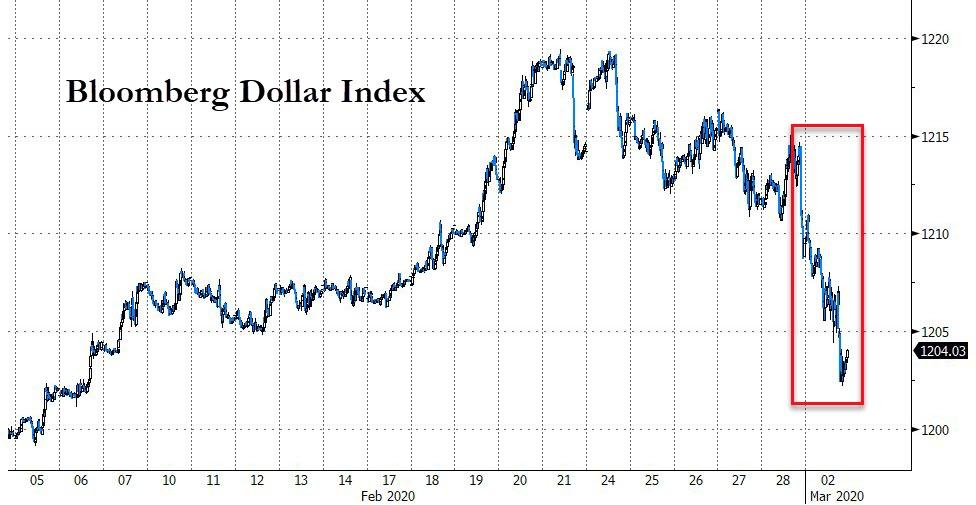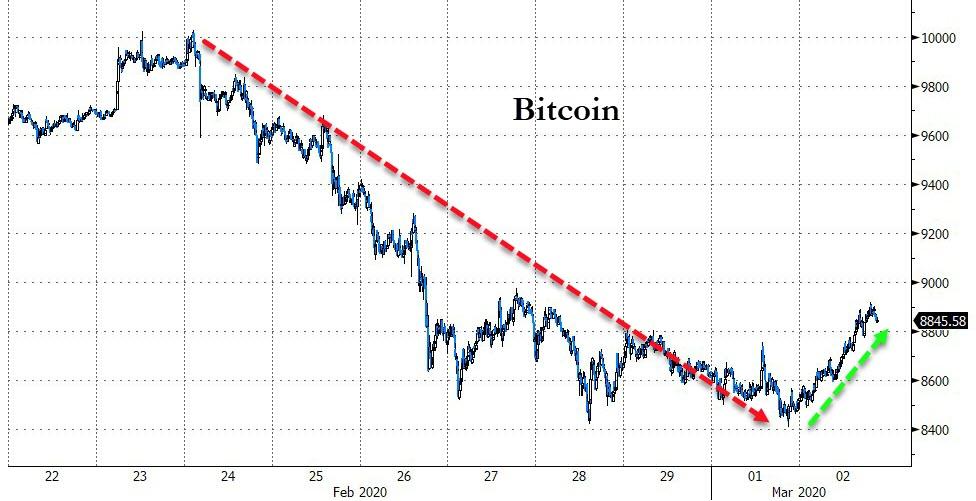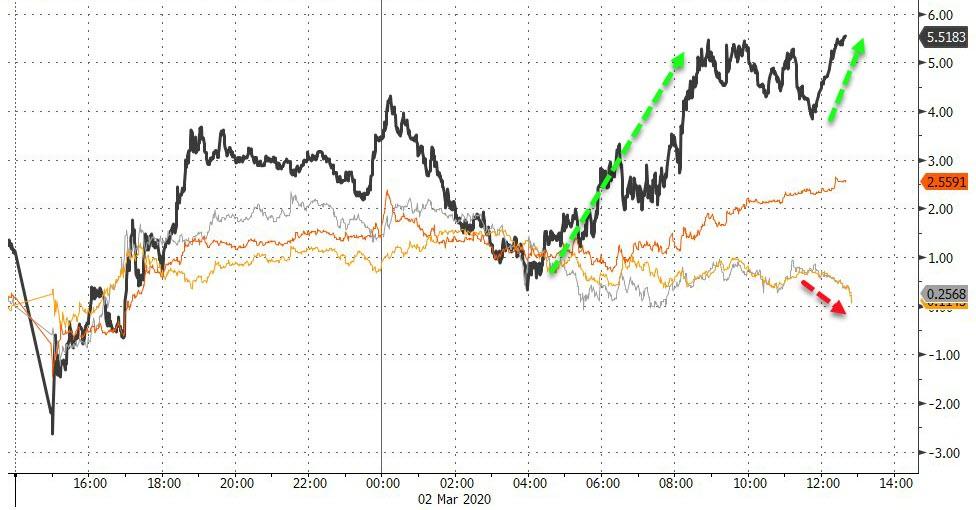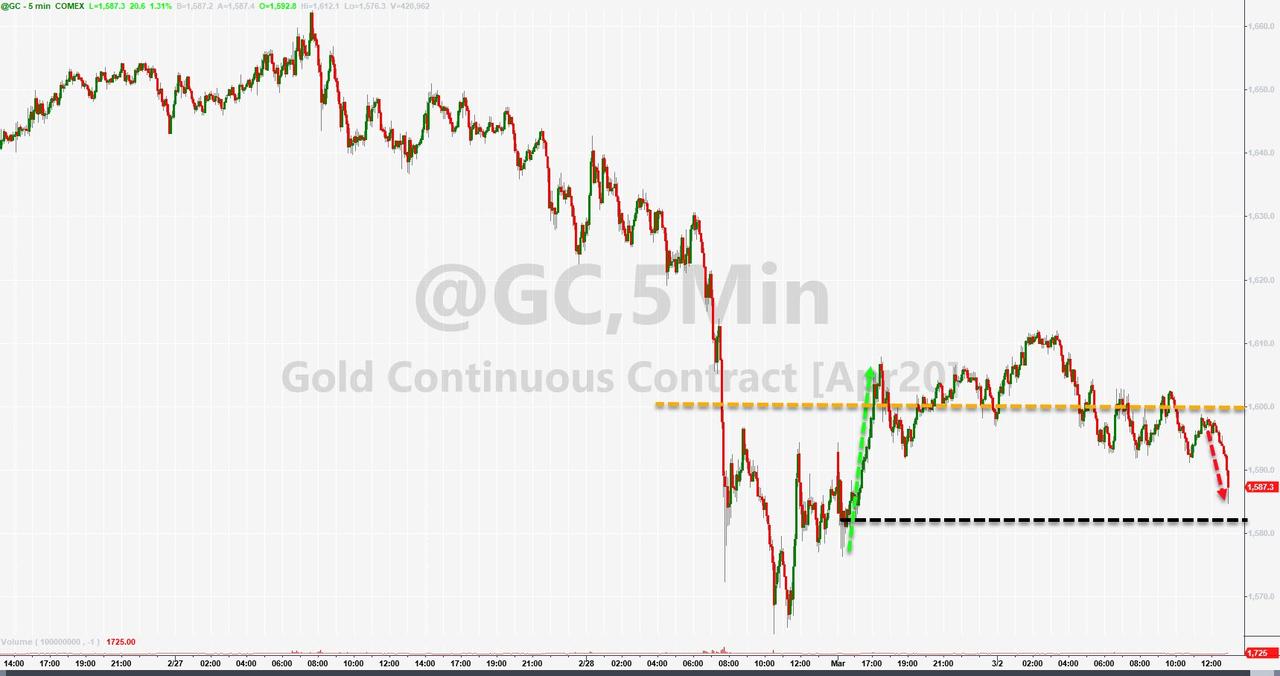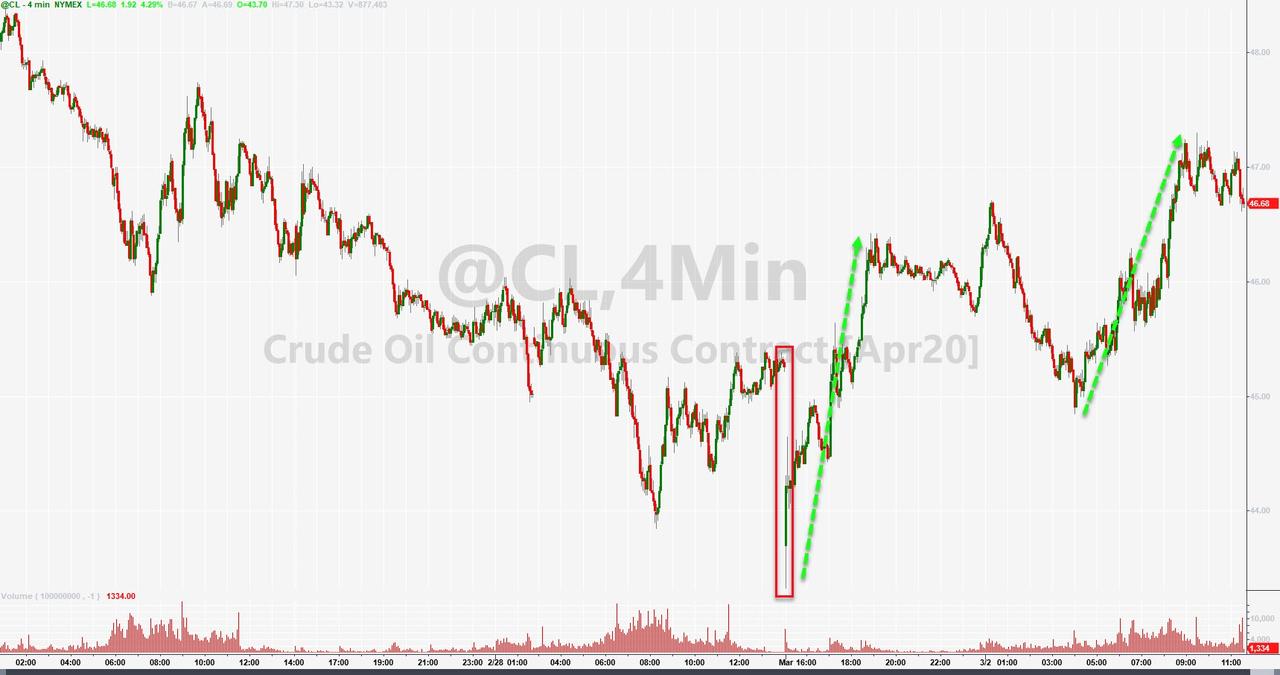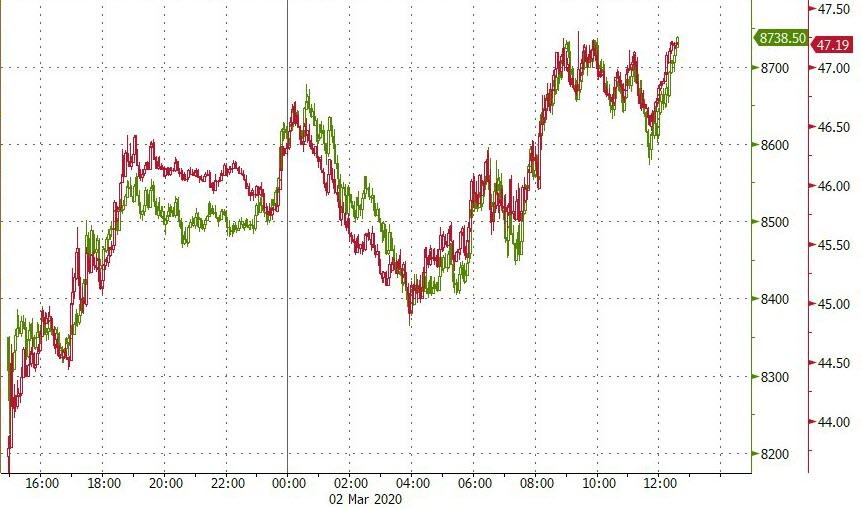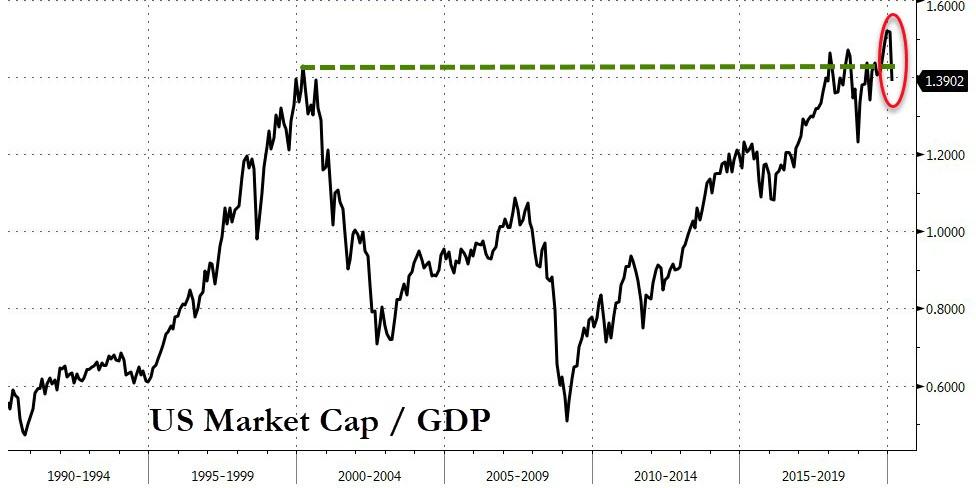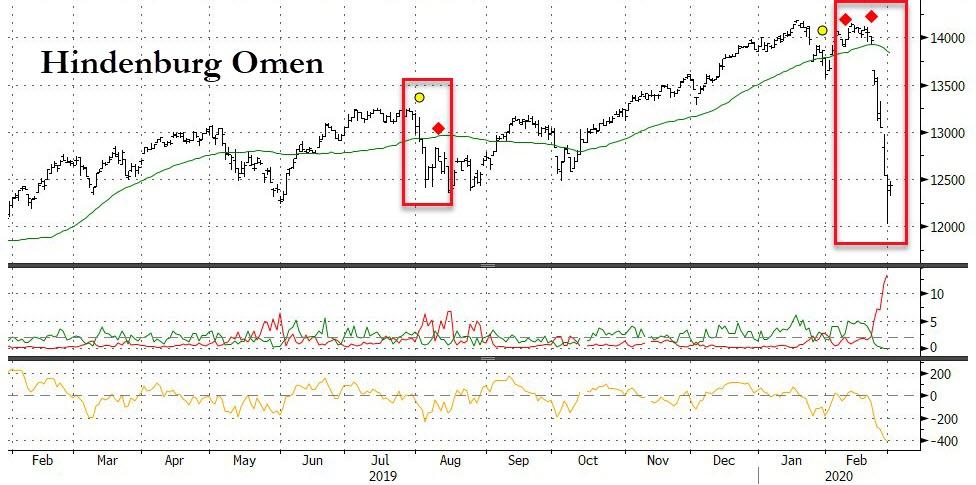Now that COVID-19, the coronavirus disease that has infected an estimated 89,000 people worldwide, seems to spreading within the United States, we will hear more discussion of coercive measures aimed at curtailing it, including increased use of quarantines and mandatory cancellation of large-scale public events. In principle, an actual epidemic—as opposed to metaphorical “epidemics” of self-endangering behavior—can justify the use of force to protect the public against a potentially deadly threat that moves from person to person. But deciding whether a particular intervention is appropriate requires weighing several factors.
How easily is the disease transmitted?
While some pathogenic microorganisms, such as the Ebola virus, spread primarily through direct contact with the blood, bodily fluids, and skin of infected individuals, COVID-19, like the common cold, can be transmitted via airborne particles. According to the U.S. Centers for Disease Control and Prevention (CDC), COVID-19 “is thought to spread mainly from person to person” through “close contact,” defined as prolonged proximity within six feet. The virus also can spread through respiratory droplets generated by coughs and sneezes. The CDC adds that “it may be possible that a person can get COVID-19 by touching a surface or object that has the virus on it and then touching their own mouth, nose, or possibly their eyes, but this is not thought to be the main way the virus spreads.”
Although COVID-19 is easier to catch than Ebola, it is far less contagious than, for example, measles. “Measles is so contagious,” the CDC says, “that if one person has it, up to 90% of the people close to that person who are not immune will also become infected.” According to commonly cited estimates, the average measles carrier can be expected to infect 12 to 18 people in a susceptible population. The World Health Organization estimates that the corresponding number for COVID-19 is between 1.4 and 2.5, compared to roughly 1.3 for influenza.
How deadly is the disease?
The current estimate of fatalities caused COVID-19 is about 3,000 out of 89,000 identified cases, which suggests a death rate of 3.4 percent. But there is a lot of uncertainty about the denominator, since not all cases are confirmed and many cases in asymptomatic individuals probably have not been detected yet. A study of more than 72,000 COVID-19 patients in China, reported in The Journal of the American Medical Association, puts the fatality rate at 2.3 percent, essentially the same as the rate among 355 cruise ship passengers infected with the virus, according to a study published in the International Journal of Infectious Diseases.
The vast majority of cases (more than 80 percent in the China study) involve mild symptoms, and the death rate varies widely by age. In the China study, the death rate was 8 percent for patients in their seventies and nearly 15 percent for patients 80 or older. The death rate also was especially high among people with pre-existing medical conditions: 10.5 percent for cardiovascular disease, 7.3 percent for diabetes, 6.3 percent for chronic respiratory disease, 6 percent for hypertension, and 5.6 percent for cancer. No deaths among children 9 or younger were reported.
The 2.3 percent overall case fatality rate (CFR) for COVID-19 is much lower than the rates for the SARS (severe acute respiratory syndrome) outbreak of 2003 (9.6 percent) and the ongoing MERS (Middle East respiratory syndrome) outbreak (34.4 percent). Estimated CFRs for the 2009 influenza pandemic vary widely, with some studies reporting rates as high as 10 percent. The CFR for the 1918 Spanish flu pandemic, which affected about one-third of the world population and caused some 50 million deaths, was somewhere between 2 percent and 5 percent.
How long is the incubation period?
The World Health Organization says someone can be infected by COVID-19 for up to 14 days without showing symptoms.
How severe is the proposed intervention?
The Chinese government imposed a quarantine on the area around Wuhan, a city of 11 million that was at the center of the COVID-19 outbreak. It also imposed travel restrictions that have affected around 780 million people. In the United States—where 90 cases have been reported so far, including six fatalities—such interventions have been much more narrowly tailored, limited to restrictions on foreign visitors, isolation of hospitalized COVID-19 patients, mandatory quarantines of travelers returning from areas affected by the epidemic, and voluntary home quarantines of people who have been infected but do not require treatment.
The legal authority for such measures is broad. The Public Health Service Act empowers the secretary of health and human services to “to make and enforce such regulations as in his judgment are necessary to prevent the introduction, transmission, or spread of communicable diseases from foreign countries into the States or possessions, or from one State or possession into any other State or possession.”
In Washington, the first state to see signs of COVID-19 transmission within the local community, the state board of health is charged with writing “rules for the imposition and use of isolation and quarantine.” Under the board’s rules, a local health officer, “at his or her sole discretion,” can issue “an emergency detention order causing a person or group of persons to be immediately detained for purposes of isolation or quarantine” when he “has reason to believe” that they are infected by a “communicable disease” and that they “would pose a serious and imminent risk to the health and safety of others if not detained for purposes of isolation or quarantine.”
A health officer also can seek an ex parte court order to enforce isolation or quarantine, which the court “shall issue” if there is a “reasonable basis to find that isolation or quarantine is necessary to prevent a serious and imminent risk to the health and safety of others.” Those orders last up to 10 days but can be extended up to a month by a court, based on “clear, cogent, and convincing evidence that isolation or quarantine is necessary to prevent a serious and imminent risk to the health and safety of others.”
There are several restrictions on that authority. The health officer must first make “reasonable efforts, which shall be documented, to obtain voluntary compliance” or else determine, “in his or her professional judgment,” that “seeking voluntary compliance would create a risk of serious harm.” The rules also specify that “isolation or quarantine must be by the least restrictive means necessary to prevent the spread of a communicable or possibly communicable disease to others.” The health status of individuals subject to orders “must be monitored regularly to determine if they require continued isolation or quarantine,” and they “must be released as soon as practicable” when the health officer determines that they no longer pose a threat. Quarantined or isolated individuals have a right to petition for release, with the assistance of court-appointed counsel, in which case the government has to “show cause” for their continued detention.
Is the intervention likely to be effective?
It remains controversial whether China’s quarantine of the Wuhan area and the associated travel restrictions did much to slow the spread of COVID-19. Critics of the Chinese quarantine argued that it entailed a massive violation of civil liberties and was in some respects counterproductive.
“There have, in fact, been numerous, and in some cases fatal, unintended knock-on effects of the quarantine,” Sharon Begley noted last month in a STAT News story. “People were unable to reach sick, elderly parents in Wuhan, let alone take them out of the city for treatment of heart disease, cancer, diabetes, and other illnesses. This week, UNAIDS announced that one-third of people in China who are living with HIV reported that because of lockdowns and travel restrictions they were at risk of running out of their HIV medications within days. And China’s economy has slowed to a crawl.”
Nor is it clear that the more targeted approach in the United States will have much of an impact. “A substantial proportion of secondary transmission may occur prior to illness onset,” three researchers at Japan’s Hokkaido University wrote in an analysis published last month. “Pre-symptomatic transmission…may even occur more frequently than symptomatic transmission.” Quarantine and isolation cannot reach carriers who do not seem to be sick and have no known risk factors, such as visiting the Wuhan area or interacting with COVID-9 patients.
Are quarantines a proportionate response to the threat that COVID-9 poses in the United States? “I don’t think that we have seen enough proof, in any cases, that quarantine is necessary for this particular virus,” bioethicist Kelly Hills told Business Insider last month. “It doesn’t meet what we would consider the minimum standards necessary for violating somebody’s civil rights.”
In a Journal of the American Association commentary published last month, bioethicists Lawrence Gostin and James Hodge argued that “quarantines of passengers arriving from mainland China appear excessive and are inconsistent with available epidemiologic data.” They noted that “thousands of US residents who have returned from China are already sheltering at home,” adding that “home quarantine orders are lawful, effective, and more respectful of individual rights to liberty and privacy than restrictive, off-site measures.”
The Cato Institute’s Alex Nowrasteh argues that “extreme options like travel and immigration bans” would be more expensive than can be justified based on what we currently know about COVID-9. “The cheapest and most effective way to combat the transmission of flu-type viruses is proper hand hygiene,” he notes, recommending increased use of hand sanitizers, especially at airports and nursing homes.
Nowaresteh also notes that mass quarantines can backfire. “It’s difficult to know who is sick and who is not, so quarantines end up locking many sick people in with many healthy people,” he writes. “Healthy people and those who think they are healthy understand accurately that they would reduce their chance of becoming ill if they emigrate. By doing that, some people transmit the disease. Under some scenarios, the stricter the quarantine, the more people invest in emigrating. Sometimes, this behavioral response results in wider transmission of the disease.”
In a society that values civil liberties, forcibly detaining people who may be carrying a disease that is readily transmissible but has a relatively low case fatality rate is not a step that should be taken lightly. And assuming it can be justified, the burdens it imposes should be mitigated as much as possible.
The New York Times recently highlighted the case of Frank Wucinski, a Pennsylvania native who was evacuated from Wuhan with his 3-year-old daughter in early February. They spent 14 days in quarantine, including two mandatory stays at a children’s hospital near San Diego. Afterward Wucinksi was billed about $4,000 for medical services he was forced to receive. People deprived of their freedom for the benefit of the general public through no fault of their own should be indemnified against such costs.

from Latest – Reason.com https://ift.tt/2vvIu0g
via IFTTT

